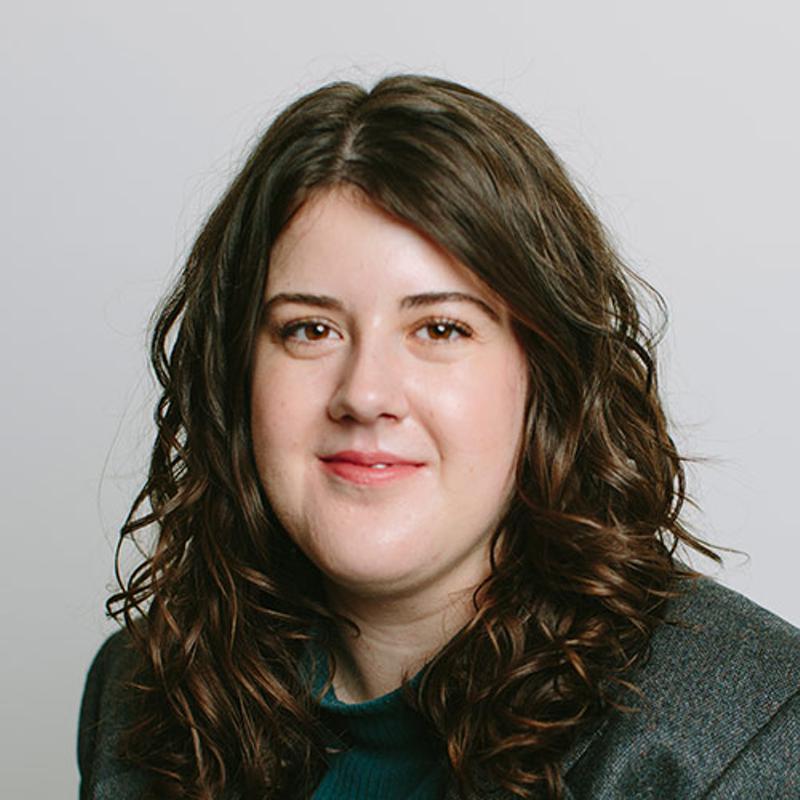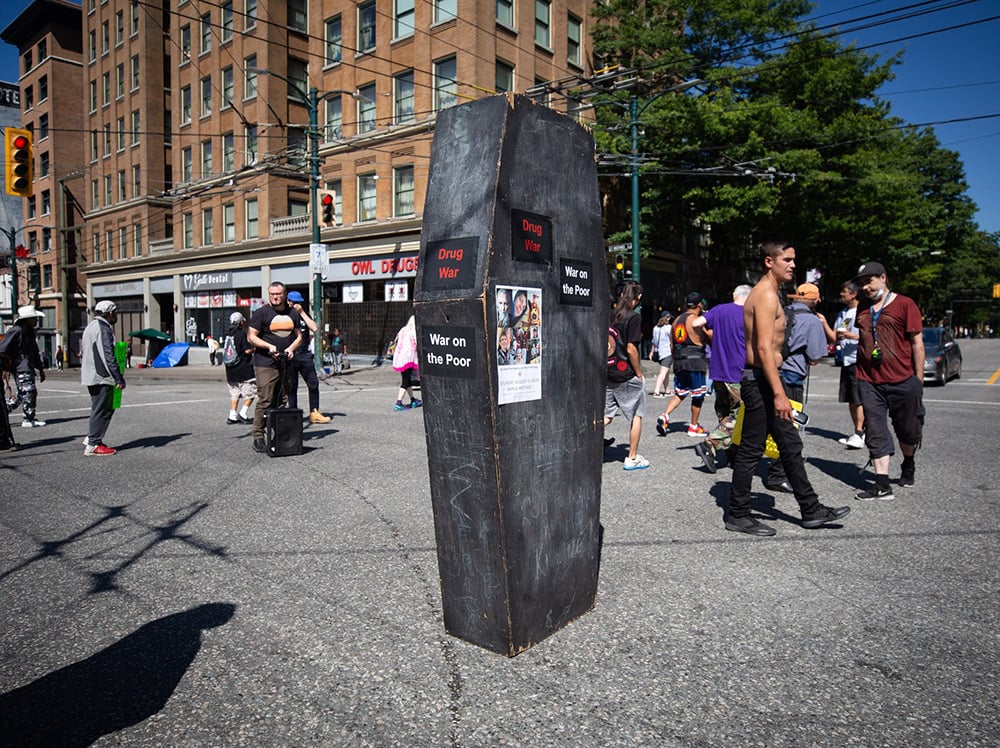British Columbia’s toxic drug supply killed 195 more people in May, putting 2022 on course to be the third consecutive deadliest year in the public health emergency.
More than six people died each day on average in May, the BC Coroners Service reported today. That’s the highest number ever recorded in the month of May.
This year’s data has already counted 940 deaths, compared to 896 in the first five months of 2021, when 2,265 people died in total. The year before, 1,774 people were killed in total.
Deaths in May represent a 20-per-cent jump compared to the 162 people killed in April, preceded by 172 people dying in March.
More than twice as many people per capita are dying now than when the province declared a public health emergency in April 2016. Right now, 42.9 people are dying per 100,000 people, compared to 20.4 people in 2016.
The unregulated, illicit drug supply has become increasingly unpredictable and toxic in recent years and is the main driver of the unprecedented number of people dying, an expert panel convened by the chief coroner concluded in March.
It recommended a rapid expansion of safe supplies of regulated drugs to separate people from the toxic drug supply, echoing years of calls from drug users, advocates and experts.
But the province has not moved to make safe supply available to many people beyond a few federally funded pilot projects in Victoria and the Lower Mainland. Many of the panel’s recommended deadlines for action have already passed.
And B.C.’s application to decriminalize personal possession of some illicit substances starting in January, recently approved by Health Canada, also fell short of what drug users say is needed to reduce the harms they face from police and the legal system.
An all-party legislative committee has been tasked with making recommendations to government on the toxic drug crisis. It is accepting comments from the public until Aug. 5.
As bold action has stalled at all levels of government, the province’s illicit drug supply has changed rapidly. Benzodiazepines, a class of sedatives that make drug poisonings more deadly and difficult to reverse when combined with opioids, have been present in 40 per cent of deaths since January, up from 15 per cent in July 2020. In May, this number dipped slightly to 32 per cent.
Fentanyl has contributed to more than 80 per cent of deaths since the end of 2016, but its more potent analogue, carfentanil, has sharply risen as a factor. It contributed to 65 deaths in 2020, 189 in 2021 and 55 so far in 2022.
There is no indication prescribed safe supply is contributing to deaths.
The toxicity of the supply means that many people dying are not regular users and would not be considered addicted or eligible for many of the limited safe supply programs the province has rolled out.
Yet the crisis continues to ravage communities in all corners of the province. Vancouver, Surrey and Victoria experience the greatest number of deaths.
But the toxic drug crisis disproportionately affects northern B.C., which has the highest per capita death rate at 53.3 people per 100,000.
First Nations people are also more than five times as likely to die from toxic drugs due to poor access to health care and the ongoing impacts of colonization and intergenerational trauma.
According to a 2021 report from the First Nations Health Authority, First Nations women are at 10 times higher risk than their non-Indigenous peers. ![]()
Read more: Health, Rights + Justice, BC Politics

















Tyee Commenting Guidelines
Comments that violate guidelines risk being deleted, and violations may result in a temporary or permanent user ban. Maintain the spirit of good conversation to stay in the discussion.
*Please note The Tyee is not a forum for spreading misinformation about COVID-19, denying its existence or minimizing its risk to public health.
Do:
Do not: